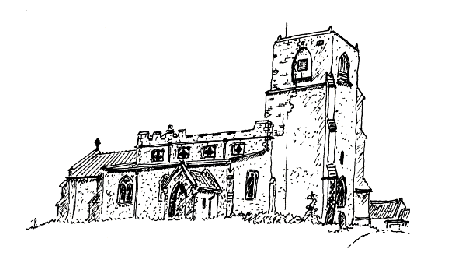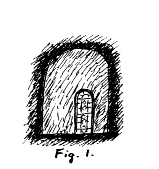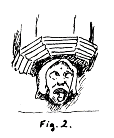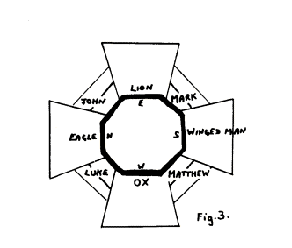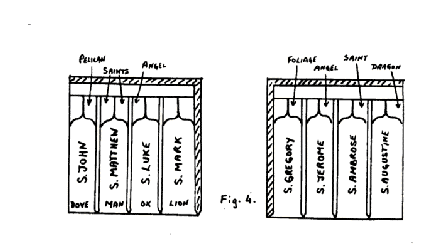Our Powditch Church of "All Saints", Morston
|
|||||||||||||||||||||
Coming soon
"East Anglia;
Birthplace and Home of the Powditch's;
Part 1. Norfolk"
|
"All Saints" Church, Morston
Inside the Church
|
||||||||||||||||||||
Links to External Sites re Morston
|
